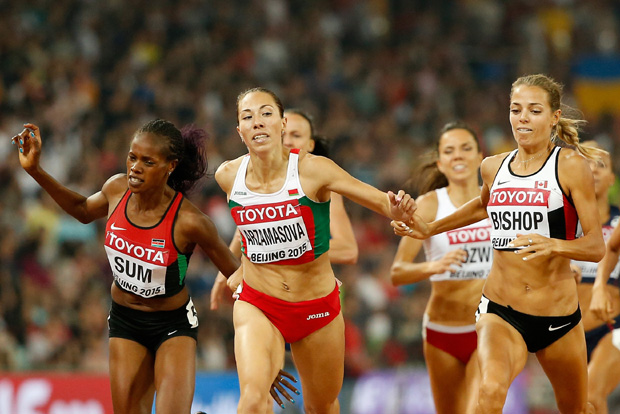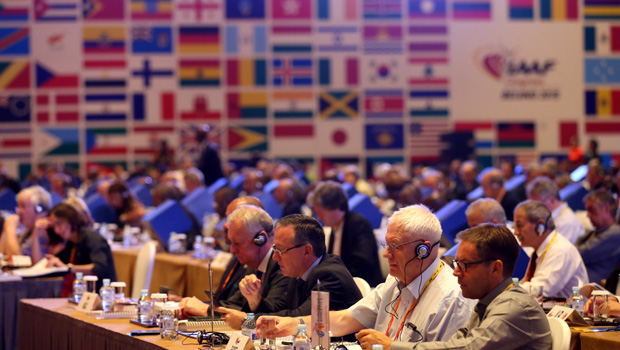The shockingly high prevalence of blood doping in endurance track events
Study finds more women blood doping than men in endurance running

The biological passport was introduced to elite track and field in 2011 to catch cheaters by monitoring changes in their blood samples (which can catch blood doping). Blood doping is the practice of boosting red blood cells for improved athletic performance. A research article in Frontiers in Physiology looked at a total of 3,683 blood samples from the 2011 and 2013 World Championships and analyzed the data on athletes from 209 countries. The study’s findings are shocking, and show that while some countries are playing by the rules, other aren’t.
RELATED: 800m World Champion Marina Arzamasova given provisional suspension

RELATED: Everything you need to know about the upcoming weekend of road racing
new study: Prevalence Estimate of Blood Doping in Elite Track and Field Athletes During Two Major International Events from 2011 and 2013 Words- some countries >50% estimated to be doped, with overall ~15% with abnormal blood profile: OPEN ACCESS: https://t.co/WsXuk7pRVE pic.twitter.com/joR58nbccy
— Trent Stellingwerff (@TStellingwerff) February 25, 2020
Important findings
More women than men were found to have blood doped at the 2011 World Championships. They found 22 per cent of dopers were female and 15 per cent were male.
There wasn’t much of a change in blood doping prevalence from 2011 to 2013. Researchers found an overall blood doping prevalence of 18 per cent in 2011 and 15 per cent in 2013 (both data sets are from the World Championships).
Blood doping accounted for significantly fewer infractions when compared to generalized doping practices in endurance runners. While blood doping came in at an 18 per cent overall prevalence rate, doping in general was 44 per cent–a shockingly high statistic.

There are massive discrepancies between countries. This means that some countries are playing within the rules and others aren’t even making an effort. While the section that compared nations’ rates of doping doesn’t identify these countries by name, it’s clear that elite sport is far from a level playing field. Some nations had a completely clean card, with none of their athletes showing blood doping on their biological passport, while other countries were hitting numbers as high at 74 per cent showing infractions.
This was the first study of its kind on blood doping and will hopefully help NSOs (national sporting organizations) and anti-doping agencies catch and prevent future cheaters.
RELATED: Former marathon world record holder provisionally suspended for anti-doping violation


